Dairy farming is a major industry in Mexico. The dairy farming industry in Mexico has been growing for the past few decades, and it is projected to continue to thrive. The country has a long coastline and ample resources, making it an ideal location for dairy farms. As a result, Mexico is one of the world’s top milk-producing countries, and dairy farming is a major industry. Mexican dairy farms typically have between 1,500 and 5,000 cows, producing milk, cheese, yogurt, ice cream, butter, and other dairy products.
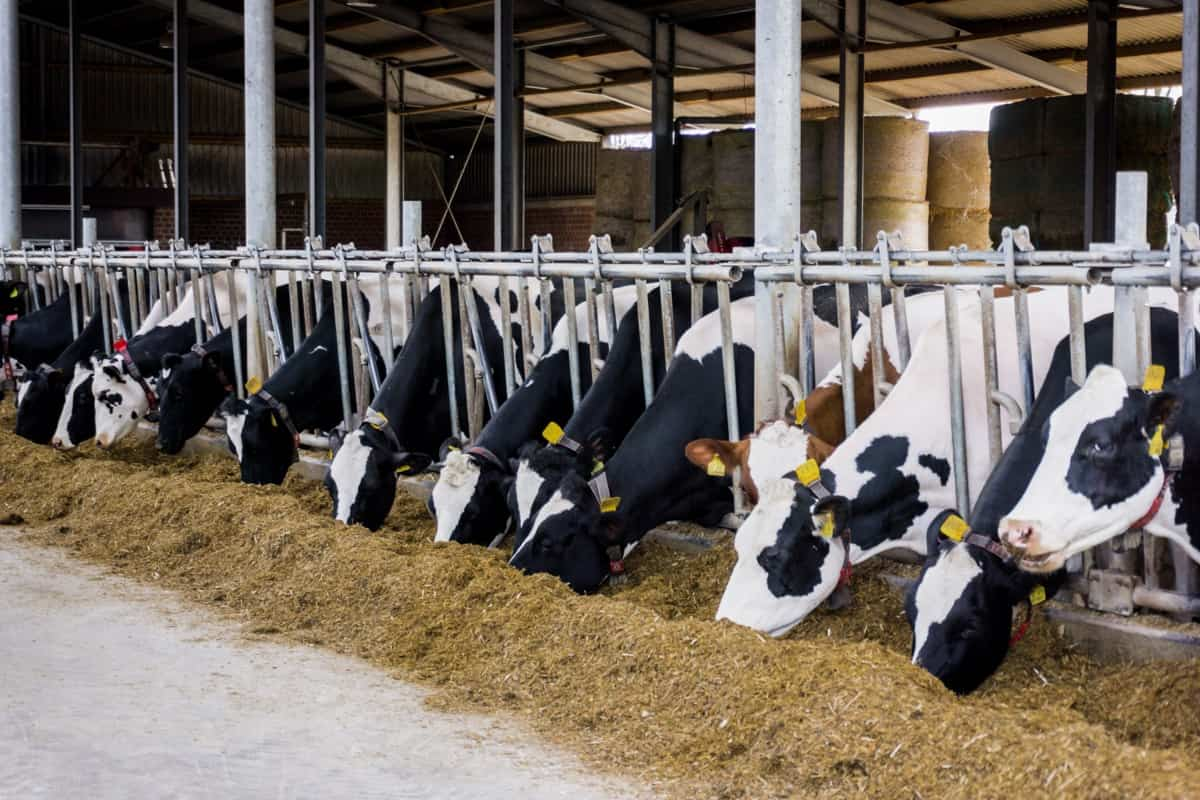
How to start dairy farming in Mexico
Scope of dairy farming in Mexico
Many Mexican farmers are investing in new technology and equipment to meet the increasing demand for dairy products. For example, some are using artificial insemination to improve crop yields. Others are adopting feed-forward management systems to control cow diets more accurately. With 129 million citizens, Mexico’s dairy sector continues to offer growth potential to US exporters and domestic producers.
The dairy industry has proven resilient, and a hardy dairy herd, access to water, and sizeable domestic feed production have helped expand milk yield and supply. Mexican dairy farmers can produce high-quality milk because of the country’s temperate climate and fertile soil. They also use modern technology to improve their production methods. Mexican dairy farmers export their products to many countries around the world.
Some Mexican farmers are also specializing in specific types of dairy products. For example, some are growing cows that produce high-quality butter or cheese. The country has a long history of dairy farming, which is why it continues to be so popular. Mexico’s cattle are well-adapted to the country’s climate and produce high milk yields. As a result, a large percentage of Mexico’s dairy production goes to the United States, where consumers demand high-quality products.
In case you missed it: Key Rules to Start Organic Farming in Mexico: Step-By-Step, Business Plan, Certification, Policies, Subsidies, Cost, and Profit
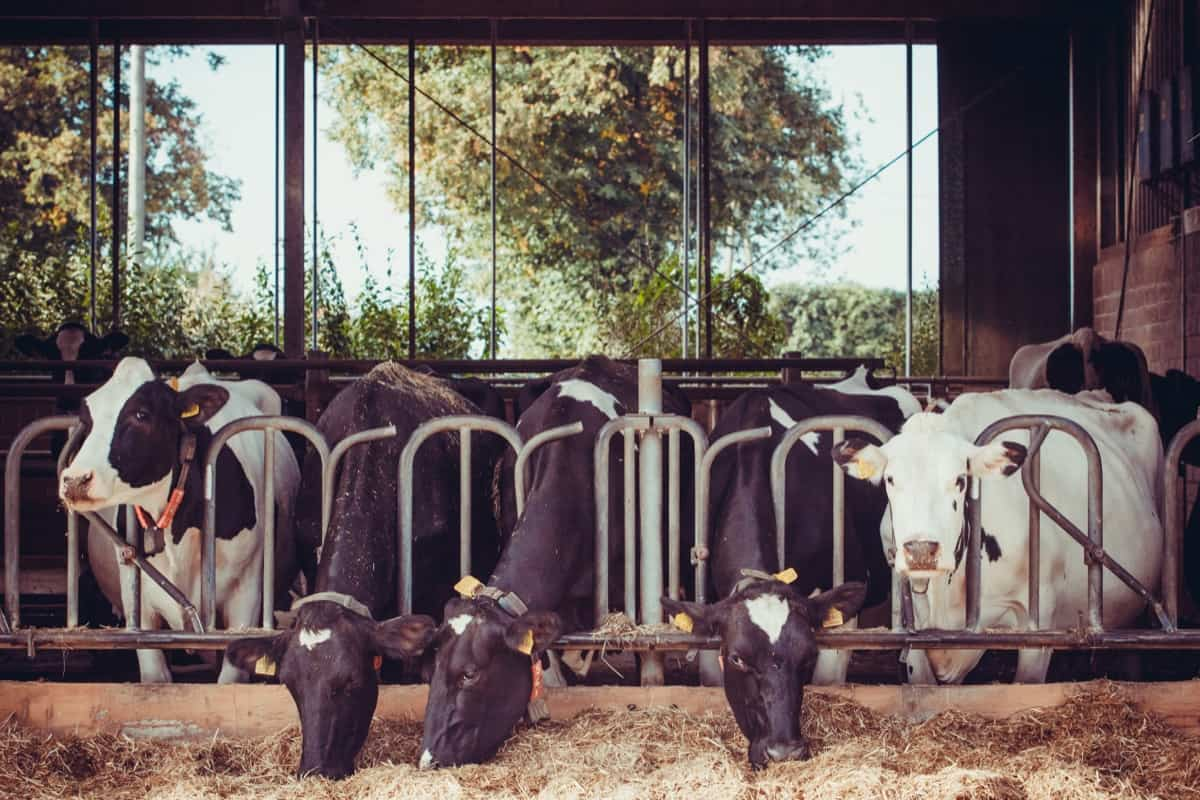
Dairy farmers in Mexico also benefit from subsidies and other government programs that support the industry. These programs help keep prices low for consumers, encouraging them to buy more dairy products. Mexico is a leading dairy producer in the world. The country has an estimated herd of over 200 million cows, making it one of the world’s top milk and cheese producers. Mexico also has a long tradition of dairy production dating back to pre-Hispanic times, when indigenous farmers grazed their herds on lowlands and highlands.
The country’s temperate climate and ample natural resources make it ideal for dairy farming. Mexico has a long coastline that provides sheltered bays for cattle to pasture and plenty of mountains for grazing. Additionally, Mexico has ample rainfall, allowing for lush green pastures full of grasses and legumes.
The Mexican dairy industry has been growing rapidly over the past decade. This growth is due to increased demand for dairy products from both domestic and international markets. In addition, the Mexican government has supported the sector by creating a favorable regulatory environment and investing in infrastructure development.
Dairy breeds available in Mexico
Mexico is a land of dairy breeds that are available for sale. Mexico’s most popular dairy breeds are the Holstein, Jersey, and Guernsey. These breeds were brought over to Mexico by early settlers and have thrived in the country ever since. Other popular dairy breeds in Mexico include the Norwegian Fjord, Brown Swiss, and Ayrshire. In addition, many crossbred dairy breeds are also available in Mexico, such as the Holstein-Friesian-Norwegian, Dutch Belted Cow, and Chester White Longhorn.
The climate in Mexico is perfect for raising dairy cows. The country has a temperate climate with moderate rainfall and ample sunshine. Mexican farmers also have access to excellent pastureland that provides plenty of feed for their cows. In addition, Mexican milk is usually high in butterfat content, making it desirable worldwide.
Feeding dairy animals in Mexico
One of the most common agricultural practices in Mexico is dairy farming. Dairy cows are raised intensively to produce high-quality milk, and this type of farming is particularly prevalent in the Central Valley region of the country. Because of the harsh conditions that these animals must endure, feeding dairy cows in Mexico is an important aspect of their care.
Dairy farmers in Mexico commonly feed their cows a mixture of hay, straw, maize, and soybeans. This diet provides the cows with enough nutrients and protein to produce healthy milk. In addition to providing food, dairy farmers in Mexico provide their cows with water and shelter.
In case you missed it: How to Start Pig Farming in Mexico: Business Plan, Breeds, Setup Cost, Profit, and Requirements
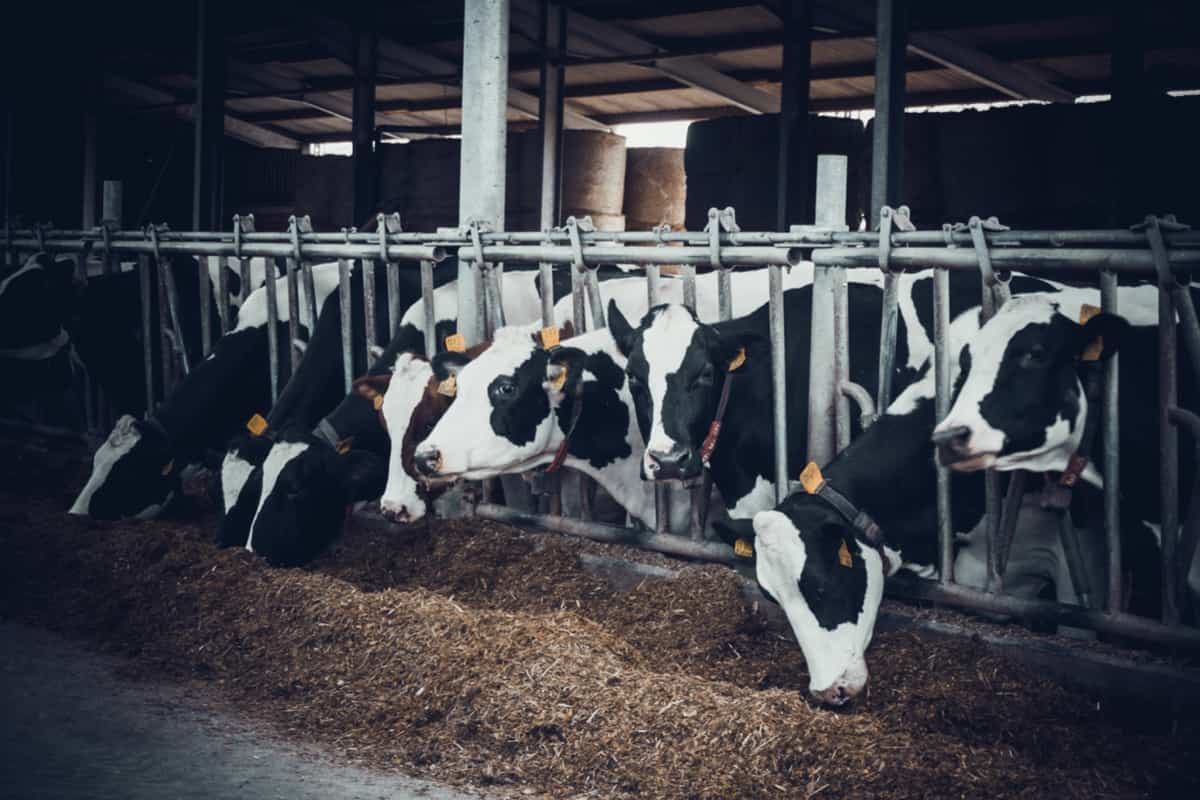
Dairy farming states in Mexico
The main dairy farming states are Oaxaca, Veracruz, Querétaro, Nuevo León, San Luis Potosí, Jalisco, Michoacán Guerrero, Puebla, and Tamaulipas. The Mexican dairy industry faces several challenges, including poor feed quality, excessive use of antibiotics, and high energy prices for inputs. A new program to subsidize premiums for organic dairy products will help improve feed quality and increase production in smallholder dairy herds.
Create a dairy farming business plan in Mexico
- Choose a dairy farming region in Mexico rich with resources and ideal climate conditions. When choosing a location for your dairy farm in Mexico, you’ll want to consider factors such as climate, soil quality, and access to water and pastureland.
- Get an understanding of the regulatory environment. In rural Mexico, many landowners are still required to allow cows onto their property. Make sure you understand local zoning regulations before investing in farmland.
- Identify the target dairy consumers in your market and focus on developing a marketing strategy that will appeal to them.
- Assess your facilities and make necessary upgrades if needed.
- Develop a business plan considering estimated costs, return on investment (ROI), and other important factors.
- Get financial backing from interested parties and execute your dairy farming business plan effectively.
- Secure the necessary permits and licenses from government agencies, monitor compliance regularly, and stay up-to-date on regulations and changes affecting dairy farming in Mexico.
- Hire the right personnel with the knowledge and expertise required for successful dairy farming operations in Mexico.
- Conduct research to improve yields and adapt your production methods to meet consumer demand while minimizing costs.
Requirements for dairy farming in Mexico
To get started, you will need to obtain a permit from the government. You will also need to register your business with the Mexican National Institute of Agrarian Reform (INRA). Once you have obtained the necessary permits and registrations, you can begin setting up your farm. To start farming cows, you will first need to purchase some cows. Different types of cows are suited for different areas of Mexico.
In case you missed it: Key Rules to Start a Greenhouse Farming in Mexico: Business Plan, Setup Cost, Profit, and Management
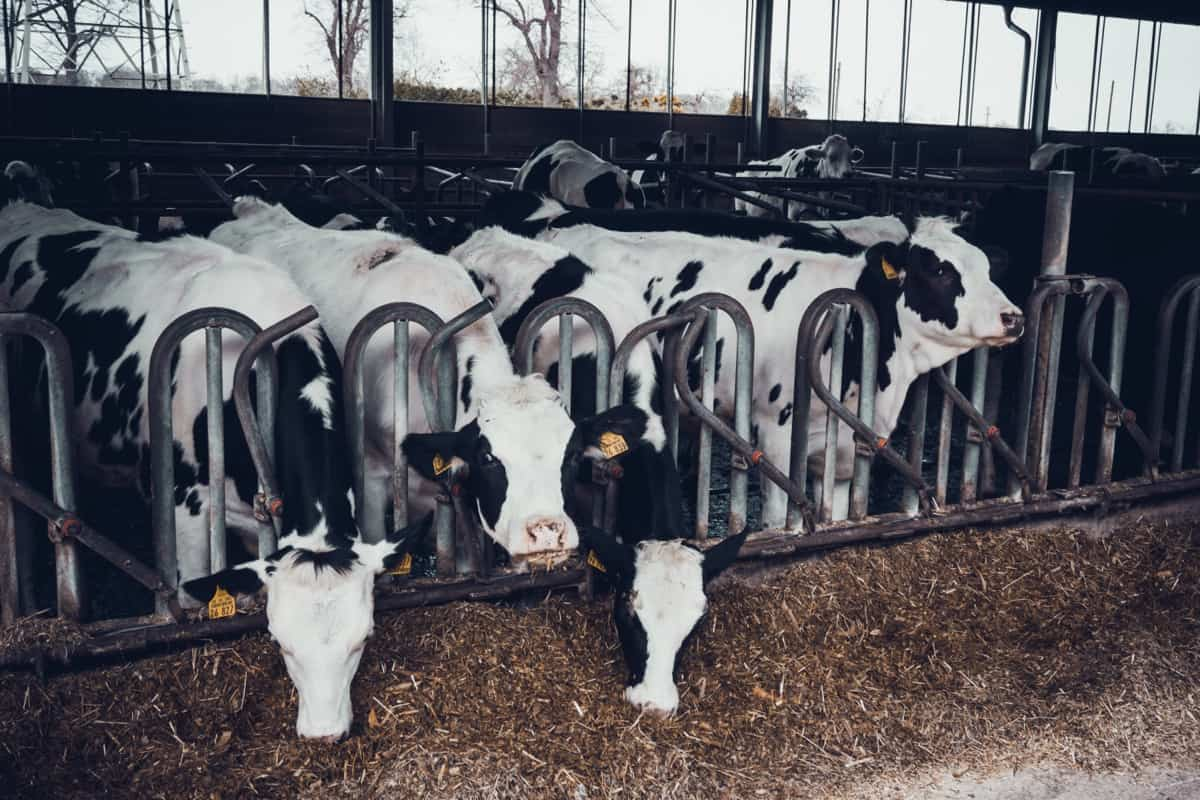
You will also need to buy feed for your cows and purchase other equipment necessary for dairy farming, such as milking machines and barns. Once you have set up your farm, it is important to start breeding cows. Breeding cows is important because it helps increase the number of dairy calves you will produce per cow over time. It is also important to breed bulls to create new herds of cattle and improve the genetic diversity of your herd.
Key rules to start dairy farming in Mexico
The first thing that a dairy farmer in Mexico must do is secure land. The ideal piece of land for dairy farming in Mexico is full of fresh water and has plenty of space to grow crops. Once dairy farmer has secured their land, they need to start building their barns and other necessary structures. You’ll need a permit from your local municipality. Next, you’ll need to purchase an agroforestry plot or lease land from the government. Finally, you’ll need to invest in quality equipment and livestock.
The most important factor affecting Mexico’s dairy farming is the land’s availability and quality. Dairy farmers must have access to good pastures for their cows, which provide them with enough food and fiber to produce milk. Additionally, water reserves must be sufficient to irrigate crops and keep cows hydrated while grazing.
Additionally, weather conditions affect how successful a dairy farm can be in Mexico. The country experiences two seasons: a hot summer season and a cold winter season. Therefore, dairy farms need access to shade during the hot summer months to prevent their cattle from becoming overheated, and they need frost-free conditions to produce milk properly during the winter months.
Tips on raising dairy farm in Mexico
- Choose the right location for your farm – Dairy farms in Mexico typically need access to clean water and good pastureland. You’ll also need plenty of space for cows, calves, and hay storage. Raising dairy in Mexico is lucrative, but it requires careful planning.
- Get a good farm loan – A good credit score is important when applying, so make sure you have one before starting your farm project. However, don’t let the bank scare you away from starting your farm – plenty of low-interest loans can help you get started.
- Plan your business carefully – You’ll need enough feed, fodder, and other supplies to keep your cows healthy and produce milk all year. Make sure you have adequate storage facilities for this inventory as well.
- Get organized early in dairy farming – A well-organized farm will save you time and money. Plan by setting up systems for milking, feeding, record keeping, and marketing your milk products.
In case you missed it: Mango Farming in Mexico: How to Start, Planting to Harvesting, and Production Guide
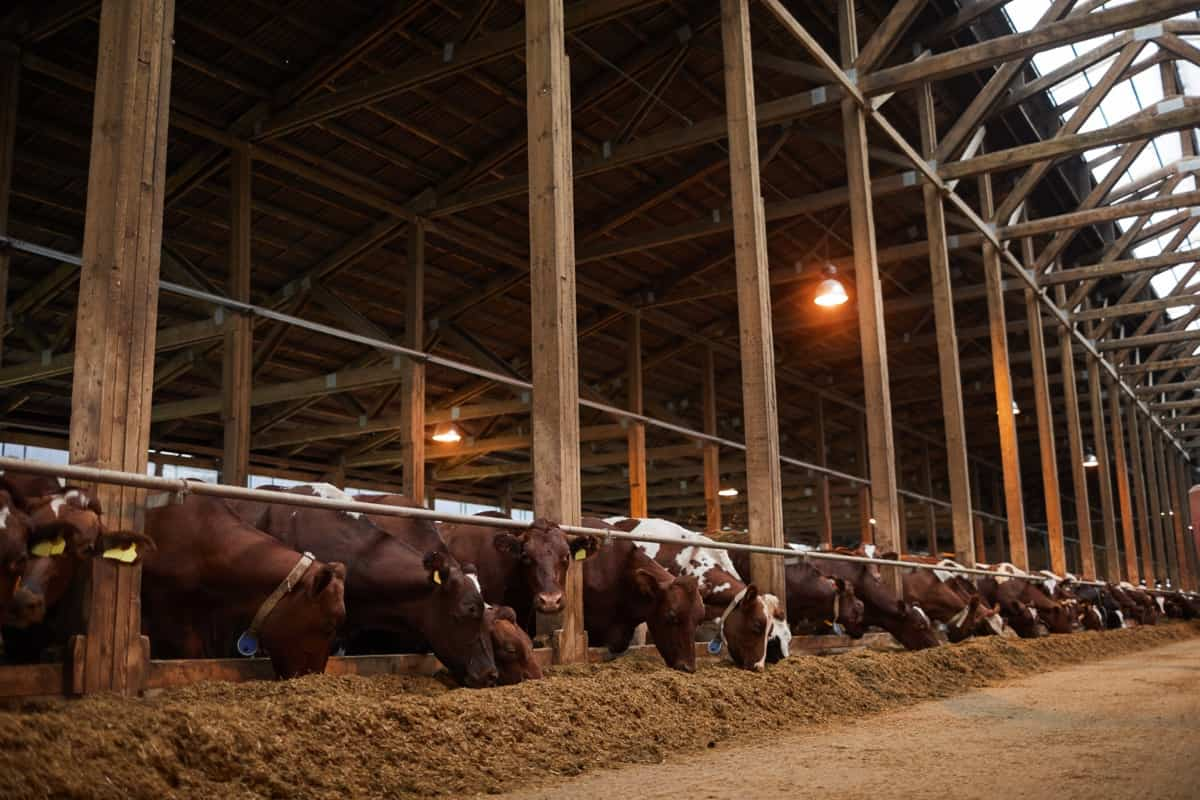
Is dairy farming profitable in Mexico
Dairy farming in Mexico is a very profitable activity, and it has been for many years. Mexico has abundant land that is ideal for dairy farming. The government provides favorable conditions for dairy farmers, including subsidies and low tariffs. Mexican dairy farmers have developed innovative methods of production that make them successful businesses. Finally, consumers worldwide highly prize Mexican milk because of its quality.
Dairy farm problems in Mexico
Some of the main problems facing Mexico’s dairy farmers are a lack of resources and infrastructure, high input costs, and low prices for milk products. In addition, there has been a trend towards larger farms, which has led to increased competition and lower yields. To address these issues, the government has introduced several initiatives to help improve the overall condition of the dairy industry in Mexico. These include support for research and development programs, subsidies for equipment purchases, and increased investment in marketing and distribution channels.
Dairy farming loans and subsidies in Mexico
Dairy farming loans and subsidies in Mexico are necessary to keep these farmers afloat and ensure a continued supply of quality milk products to Mexican consumers. The Mexican government offers dairy farmers subsidized prices for milk, cheese, and other dairy products. Loans must be repaid with interest and can be stretched over several years. The government also provides aid to promote exports.
The government implemented a new dairy farming policy that offers greater market access to foreign producers and encourages the growth of small-scale farmers. The policy has helped increase competition among Mexico’s producers and drive down consumer prices. Government loans and subsidies for dairy farming have made it possible for many small farmers to enter this sector.
In case you missed it: Poultry Farming in Mexico: Breeds, How to Start
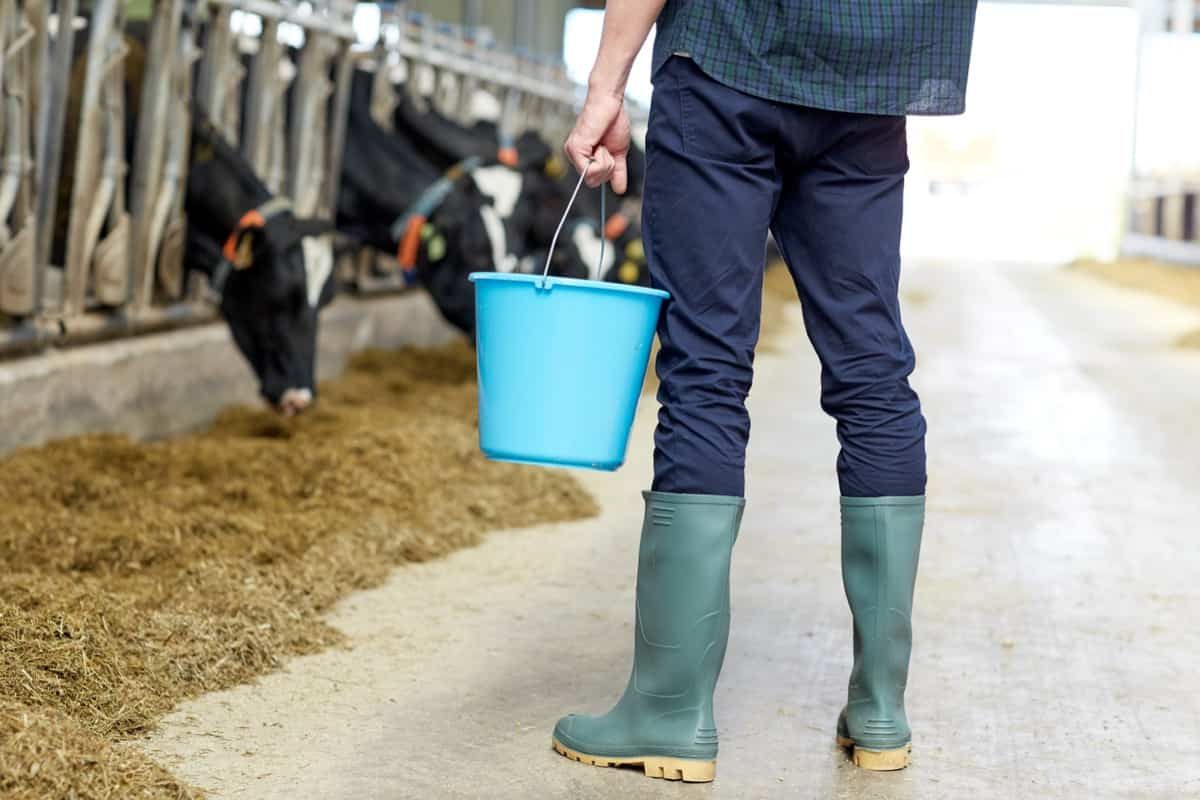
The government provides interest-free loans to farmers who want to start dairy farms and offers subsidies for buying land, fencing land, and other expenses associated with dairy farming. These measures aim to promote dairy farming to increase agricultural production and help reduce malnutrition in the country. Dairy farmers in Mexico benefit from government policies supporting agricultural production. These policies include subsidies and tax breaks, which make it more affordable for dairy farmers to invest in their businesses and create jobs.
The challenges facing dairy farmers in Mexico
Dairy farming in Mexico faces several challenges, including limited land, water, and feed resources; high production costs; and competition from other agricultural products. Dairy farmers in Mexico also face significant environmental risks, including contamination of water resources by livestock waste and the spreading of invasive species.
To address some of these challenges, dairy farmers in Mexico are working to improve their production practices. They are also looking to expand their markets beyond Mexico’s borders and develop new products that can be more competitively priced. Despite these challenges, dairy farming in Mexico is still an essential sector of the country’s economy.
Dairy farm set-up cost in Mexico
There are many costs associated with starting a dairy farm in Mexico. The most significant cost is the initial investment, which can range from $30,000 to $250,000. Other costs include animal feed, veterinary care and equipment, marketing materials, and taxes.
In case you missed it: How to Build a Low-cost Pig House: DIY Steps, Barn Design, Shed Requirements, and Cheap Ideas
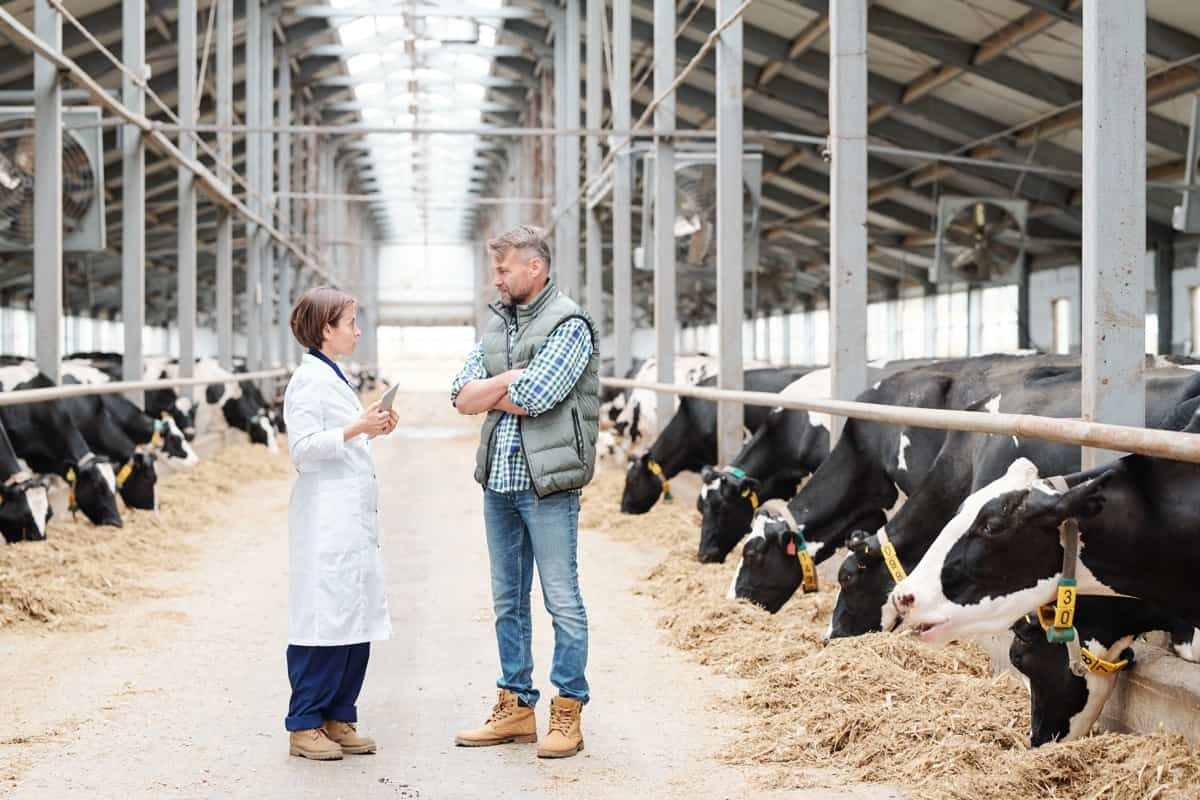
Conclusion
Mexico is the ninth-largest milk consumer in the world, and its citizens appear to prefer it over all other dairy products. As a result, Mexico is one of the top dairy-producing countries in the world, with over 70% of its territory covered by pastureland. The country also has a temperate climate, excellent soil conditions, and high fertility levels. This has made dairy farming an ideal option for Mexican farmers.
- How to Make Houseplants Bushy: Effective Tips and Ideas
- Innovative Strategies for Boosting Coconut Pollination and Yield
- Pollination Strategies for Maximum Pumpkin Yield
- The Complete Guide to Chicken Fattening: Strategies for Maximum Growth
- Natural Solutions for Tulip Problems: 100% Effective Remedies for Leaf and Bulb-Related Issues
- Revolutionizing Citrus Preservation: Towards a Healthier, Greener Future
- Natural Solutions for Peony Leaf and Flower Problems: 100% Effective Remedies
- Maximizing Profits with Avocado Contract Farming in India: A Comprehensive Guide
- Natural Solutions for Hydrangea Problems: 100% Effective Remedies for Leaf and Flowers
- The Ultimate Guide to Choosing the Perfect Foliage Friend: Bringing Life Indoors
- From Sunlight to Sustainability: 15 Ways to Use Solar Technology in Agriculture
- The Ultimate Guide to Dong Tao Chicken: Exploring from History to Raising
- The Eco-Friendly Makeover: How to Convert Your Unused Swimming Pool into a Fish Pond
- Mastering the Art of Delaware Chicken Farming: Essentials for Healthy Backyard Flocks
- 20 Best Homemade Fertilizers for Money Plant: DIY Recipes and Application Methods
- How to Craft a Comprehensive Free-Range Chicken Farming Business Plan
- Brighten Your Flock: Raising Easter Egger Chickens for Beauty and Bounty
- How to Optimize Your Poultry Egg Farm Business Plan with These Strategies
- Subsidy for Spirulina Cultivation: How Indian Government Schemes Encouraging Spirulina Farmers
- Ultimate Guide to Raising Dominique Chickens: Breeding, Feeding, Egg-Production, and Care
- Mastering the Art of Raising Jersey Giant Chickens: Care, Feeding, and More
- Ultimate Guide to Raising Legbar Chickens: Breeding, Farming Practices, Diet, Egg-Production
- How to Raise Welsummer Chickens: A Comprehensive Guide for Beginners
- How to Protect Indoor Plants in Winter: A Comprehensive Guide
- Ultimate Guide to Grow Bag Gardening: Tips, Tricks, and Planting Ideas for Urban Gardeners
- Guide to Lotus Cultivation: How to Propagate, Plant, Grow, Care, Cost, and Profit
- Agriculture Drone Subsidy Scheme: Government Kisan Subsidy, License, and How to Apply Online
- Ultimate Guide to Raising Araucana Chickens: Breed Profile, Farming Economics, Diet, and Care
- Bringing Hydroponics to Classroom: Importance, Benefits of Learning for School Students
- Ultimate Guide to Raising Polish Chickens: Breed Profile, Farming Economics, Diet, and Care
- Ultimate Guide to Raising Australorp Chickens: Profile, Farming Economics, Egg Production, Diet, and Care
- Silkie Chicken Farming: Raising Practices, Varieties, Egg Production, Diet, and Care
- Sussex Chicken Farming: Raising Practices, Varieties, Egg Production, Diet and Care
- Homemade Feed Formulations for Livestock: Discover Cost-effective Starter to Finisher Feed Recipes
- 20 Best Pig Weight Gain Supplements: Top Swine Weight Gain Formulas
- Ultimate Guide to Elderberry Farming: Propagation, Planting, Yield, Cost, and Profit